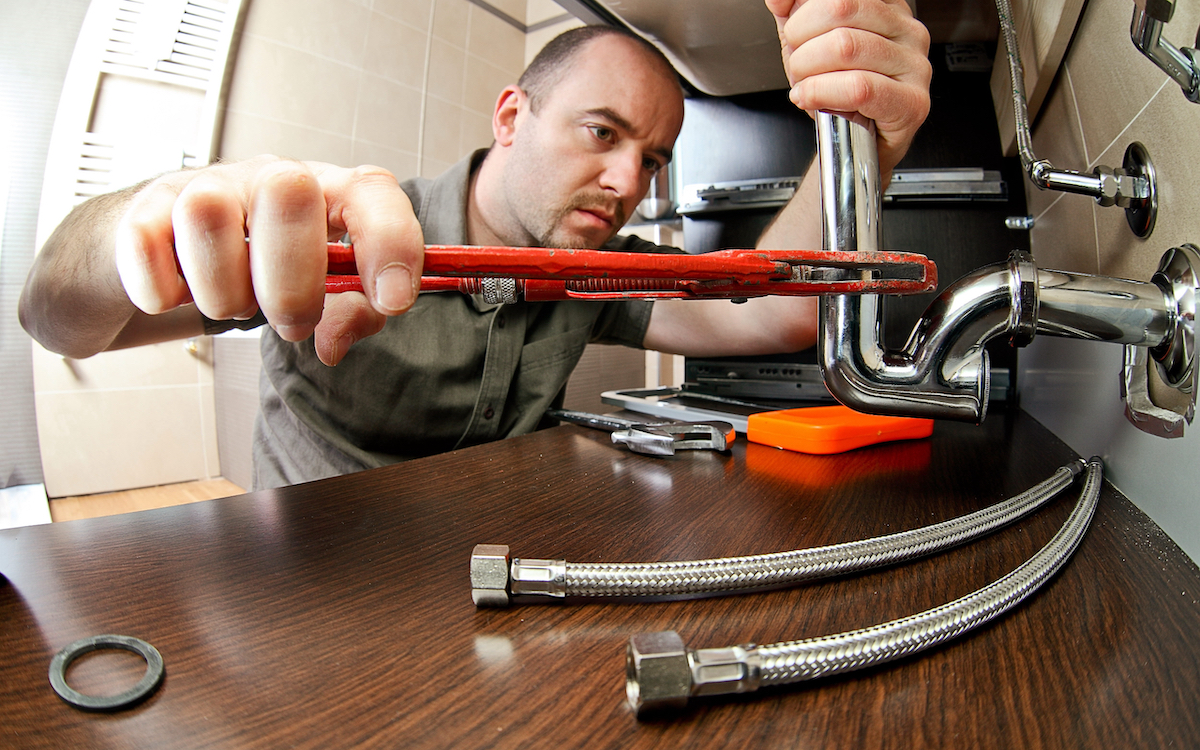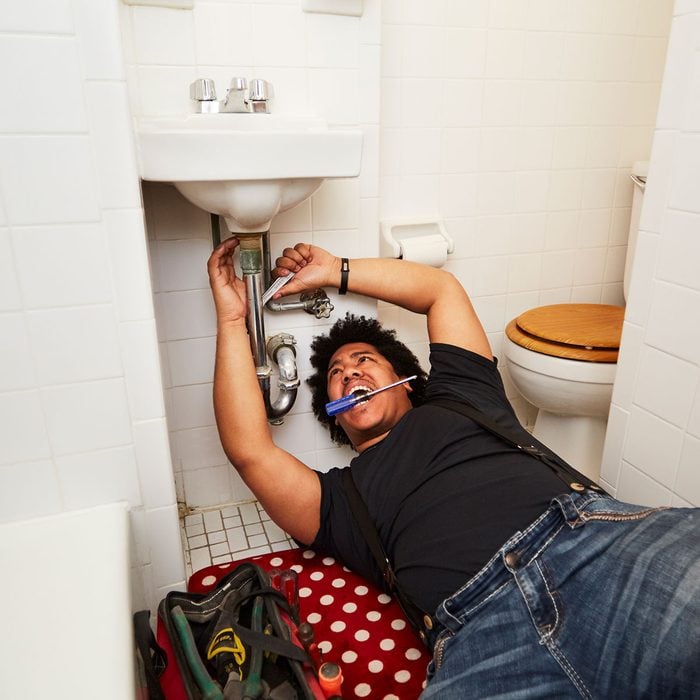Professional Drain Cleaning Alabaster AL to Keep Your Pipeline Flowing
Professional Drain Cleaning Alabaster AL to Keep Your Pipeline Flowing
Blog Article
A Step-by-Step Overview to Effective Hot Water Heater Installation for Optimal Efficiency
Embarking on the job of installing a water heating unit is an endeavor that requires precision and an organized approach for accomplishing optimum performance. As you continue, the intricacies of linking water supply lines and establishing up reputable electric or gas links await, appealing understandings right into ensuring effectiveness and integrity.
Choosing the Right Water Heating Unit

Following, consider the size and capability of the water heating system. It's vital to assess your home's warm water requirements, which can differ based upon the variety of owners and their usage patterns. An unit that's as well little may cause not enough warm water, while an extra-large version could cause unnecessary energy consumption.
Efficiency ratings also play a critical function in choice. Search for hot water heater with high Energy Aspect (EF) scores, suggesting remarkable efficiency and lowered power use. Tankless designs, though normally extra expensive upfront, offer significant power financial savings with time as a result of their on-demand home heating capacities.
Preparing the Installment Location
Prior to setting up a brand-new water heater, thorough preparation of the installment area is necessary. It's essential to gauge the space meticulously to accommodate the water heating unit's dimensions, making sure ample clearance around the system for reliable operation and servicing.
Next, get rid of any kind of particles, dust, or obstructions from the website to develop a tidy environment. Check the flooring for security, as the water heater will need a solid, level surface area to run effectively. If required, set up a drip frying pan under the device to capture prospective leakages or spills, protecting against water damages to the surrounding location. In areas vulnerable to seismic task, consider installing seismic straps to secure the heater firmly in place.
In addition, ensure that all necessary devices and products get on hand prior to beginning the setup. This consists of products such as wrenches, screwdrivers, a level, and any type of extra equipment required for safeguarding the heating unit and installing. A well-prepared installment location sets the structure for a successful hot water heater configuration, enhancing performance and safety.
Connecting Supply Of Water Lines
When connecting supply of water lines to your newly mounted hot water heater, it is important to guarantee that all connections are leak-free and safe and secure to keep effective operation and protect against water damages. Begin by recognizing the chilly and hot water supply lines. The cool water inlet is commonly noted with a blue tag or a "C", while the hot water electrical outlet is marked with a red tag or an "H".
Usage flexible water heating system ports to promote a much easier installation procedure. These ports can absorb resonance and enable for minor movement, lowering the danger of leaks. Prior to attaching the adapters, position a plumbing professional's tape around the threaded ends of the water heating unit's inlet and electrical outlet pipes - Plumbing Alabaster AL. click over here now This tape serves as a sealer, stopping leakages. Carefully attach the versatile tubes to the corresponding inlet and outlet, making sure that they are tight but not over-tightened, which might harm the strings.
Once connections are in location, slowly switch on the primary water system shutoff. Evaluate each link for leakages by aesthetically examining and really feeling for dampness. Tighten up connections as necessary, and guarantee the pressure relief valve is correctly installed, safeguarding against excessive pressure build-up.
Setting Up Electric or Gas Links
Correctly setting up the electric or gas connections for your water heater is a critical step to ensure secure and effective operation. For electric water heating systems, begin by validating that the electrical circuit is suitable with the heating unit's voltage and amperage requirements.
For gas water heating systems, security is paramount. Verify that the gas supply is off before continuing. Connect the gas line to the hot water heater using a versatile gas connector, ensuring it is properly threaded and sealed with pipeline joint compound or Teflon tape appropriate for gas connections. Tighten the links with a wrench, making sure not to over-tighten (Plumbing Services Alabaster AL).
As soon as connections are made, see here now examine for any kind of potential leaks. For gas lines, use a soapy water solution to the joints; bubbles show a leak. For electric links, double-check that all electrical wiring is safe and effectively insulated, preserving conformity with neighborhood electrical codes.
Checking and Readjusting for Effectiveness
With the electric and gas links securely in place, the next step is assessing the operational effectiveness of your hot water heater. Begin by meticulously activating the water supply and guaranteeing there are no leaks at any one of the joints or shutoffs. When verified, continue to fill up the container, paying focus to the pressure and temperature level setups. It is a good idea to set the thermostat to a suggested temperature level of around 120 ° F(49 ° C) to stabilize power effectiveness and convenience.
Next, perform an extensive evaluation to ensure the burner or gas burners are functioning appropriately. For electric heaters, make use of a multimeter to verify if the elements are attracting the suitable current. In gas versions, observe the burner fire; it must be steady and blue, showing efficient burning.
Change the setups as needed to eliminate inadequacies. Think about implementing insulation procedures, such as adding a water heating system blanket, to further improve efficiency by reducing warmth loss. Additionally, examine the anode rod's problem, as a scrubby pole can decrease performance and result in container corrosion.
Verdict
Efficient water heater installation is vital for this page making certain optimal performance and power financial savings. Securely connecting water supply lines and thoroughly setting up electric or gas connections reduce potential issues.

Properly establishing up the electrical or gas connections for your water heater is a critical action to ensure safe and efficient operation. For electric water heaters, begin by verifying that the electrical circuit is compatible with the heating system's voltage and amperage needs. Attach the gas line to the water heating system making use of an adaptable gas adapter, guaranteeing it is effectively threaded and secured with pipeline joint substance or Teflon tape appropriate for gas connections.
Report this page